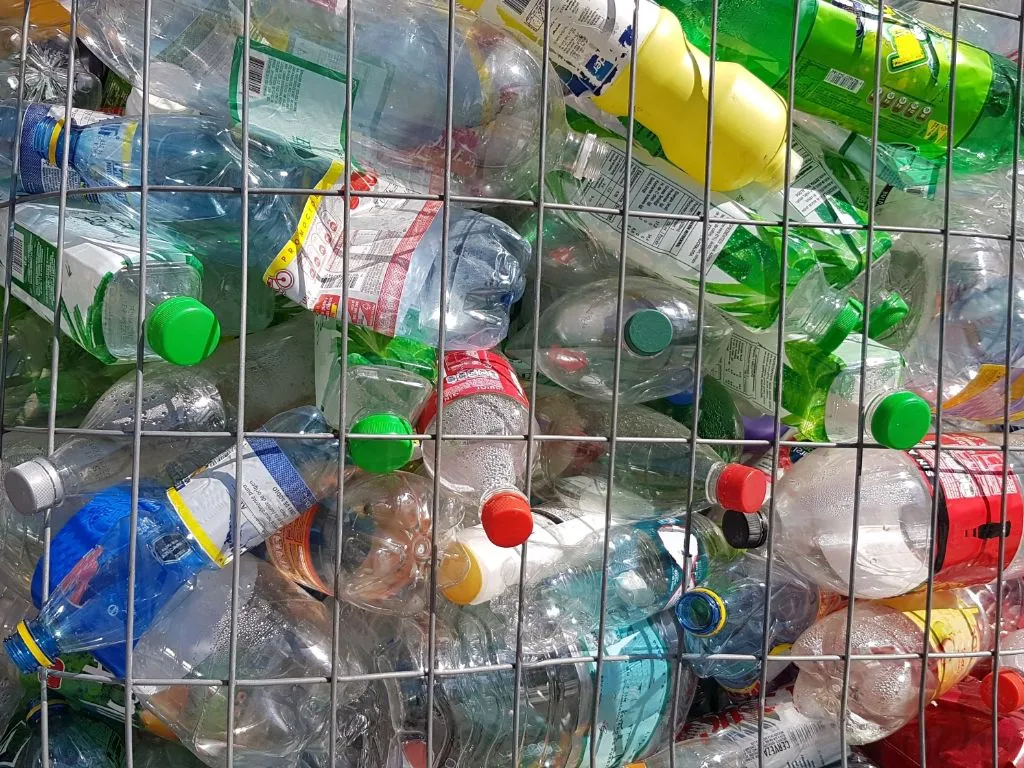- Home
- News Details
News Details

China Publishes National Standard for Restricted Substances in Recycled Plastics
2025-01-09 Reference source : State Administration for Market Regulation and National Standardization Administration Committee
Plastics Recycle China PET Standard
On November 28, 2024, China’s State Administration for Market Regulation published GB/T 45091-2024, a national standard outlining restricted substances in recycled plastics. Effective from June 1, 2025, the standard provides guidelines for classification, requirements, and testing to ensure material safety.
Development and Scope
The standard, titled "Plastics – Requirements for Restricted Substances in Recycled Plastics," was developed by the Plastic Recycling Branch of the China Synthetic Resin Association (CPRRA). The drafting process progressed rapidly from its initiation in April 2024 with a public consultation on the draft completed by August 2024.
The standard covers recycled plastic pellets and finished products made from waste plastics through processes such as screening, sorting, crushing, washing, and extrusion or modification. It also covers recycled polyethylene terephthalate (PET) bottle flakes. However, it excludes recycled plastics derived from hazardous waste sources such as medical waste, pesticide packaging, and radioactive materials, as well as recycled plastics intended for food contact or pharmaceutical packaging applications.
Key Provisions
The standard defines "restricted substances" as materials that are prohibited or restricted by law, regulation, or standard in recycled plastics . These substances are not necessarily classified as hazardous or harmful chemicals, but are restricted to ensure the safety, environmental sustainability, and performance of recycled plastics.
Restricted substances are divided into two categories:
-
Voluntarily Declared Substances:
-
Manufacturers or importers are required to declare that recycled plastics, whether domestically produced or imported, do not contain certain restricted substances.
-
-
Regulated Substances with Specific Limits:
-
The standard mandates monitoring and adherence to specific limits for substances classified as restricted under regulatory oversight.
-
For more details, visit the National Public Service Platform here.
We acknowledge that the above information has been compiled from State Administration for Market Regulation and National Standardization Administration Committee .
Global Product Compliance (GPC) specializes in Global Regulatory Compliance Solutions across sectors
globally. SSS Europe, a familiar name in chemical regulatory and compliance services now formally belongs
under the umbrella of GPC Holding Sweden.
Since 2008, we have emerged as one of the leading names among Global Regulatory Compliance Service
Providers with Representation services in Europe, Asia and Middle East for respective chemical
regulations.

 Twitter
Twitter
